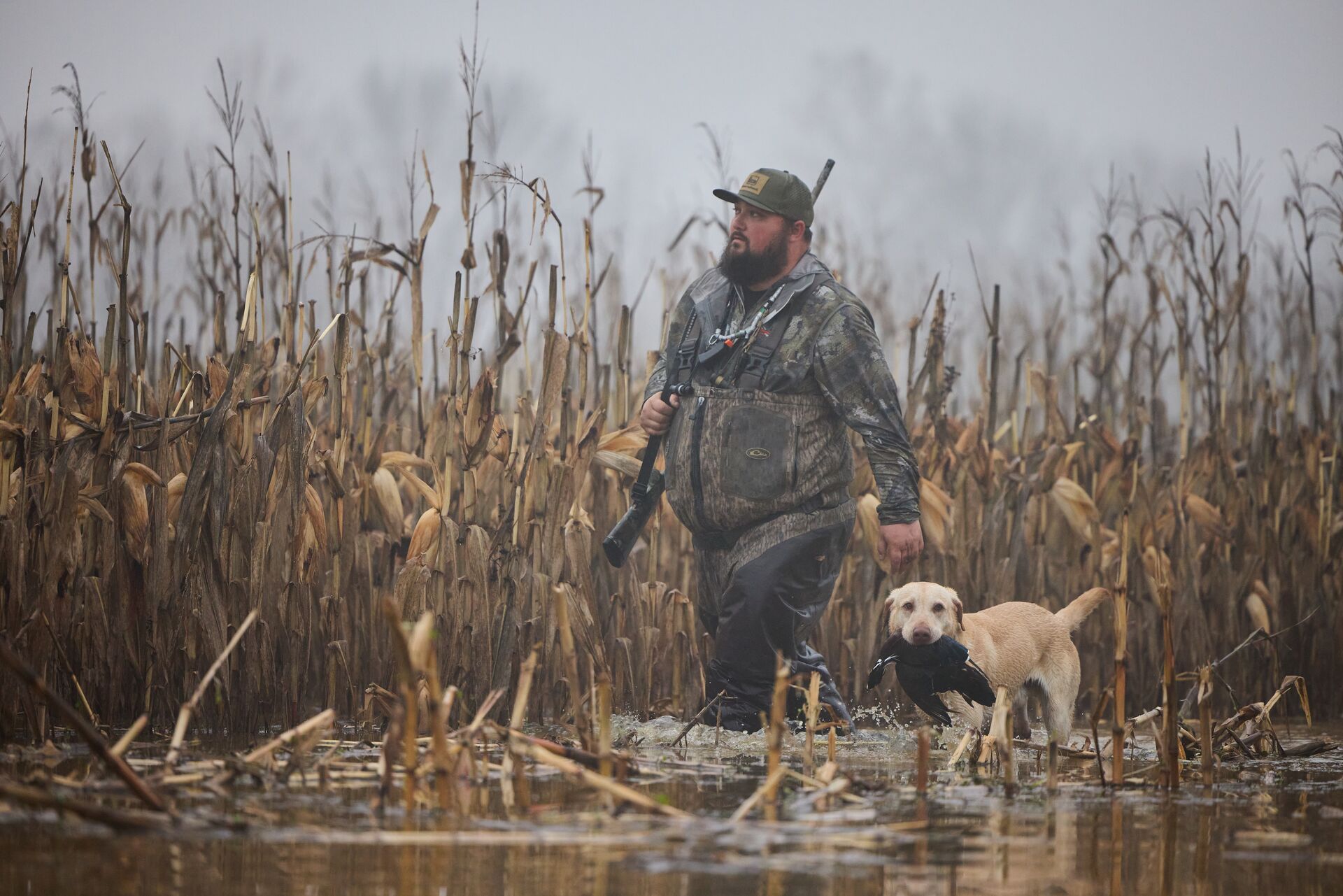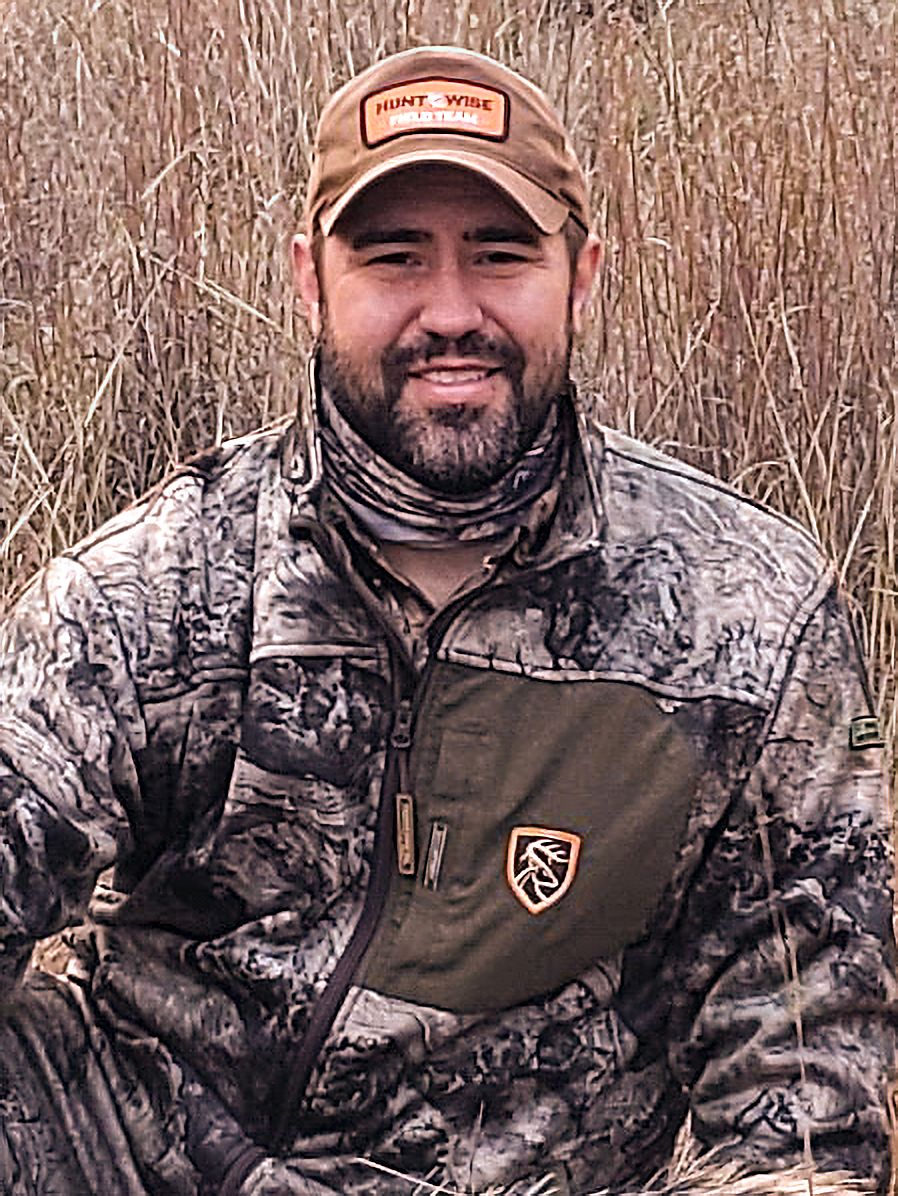Usually fueled by too many energy drinks and questionable gas station predawn breakfast items, I can also log hundreds of miles scouting the ever-changing conditions each season. The grind may be long and tiresome at times, yet the hard work often pays off with some unbelievable shooting and full straps.
But what do you look for when scouting for duck hunting spots? Today, I'll share my best tips for finding the best spots and duck habitats for better hunts, including how HuntWise helps.
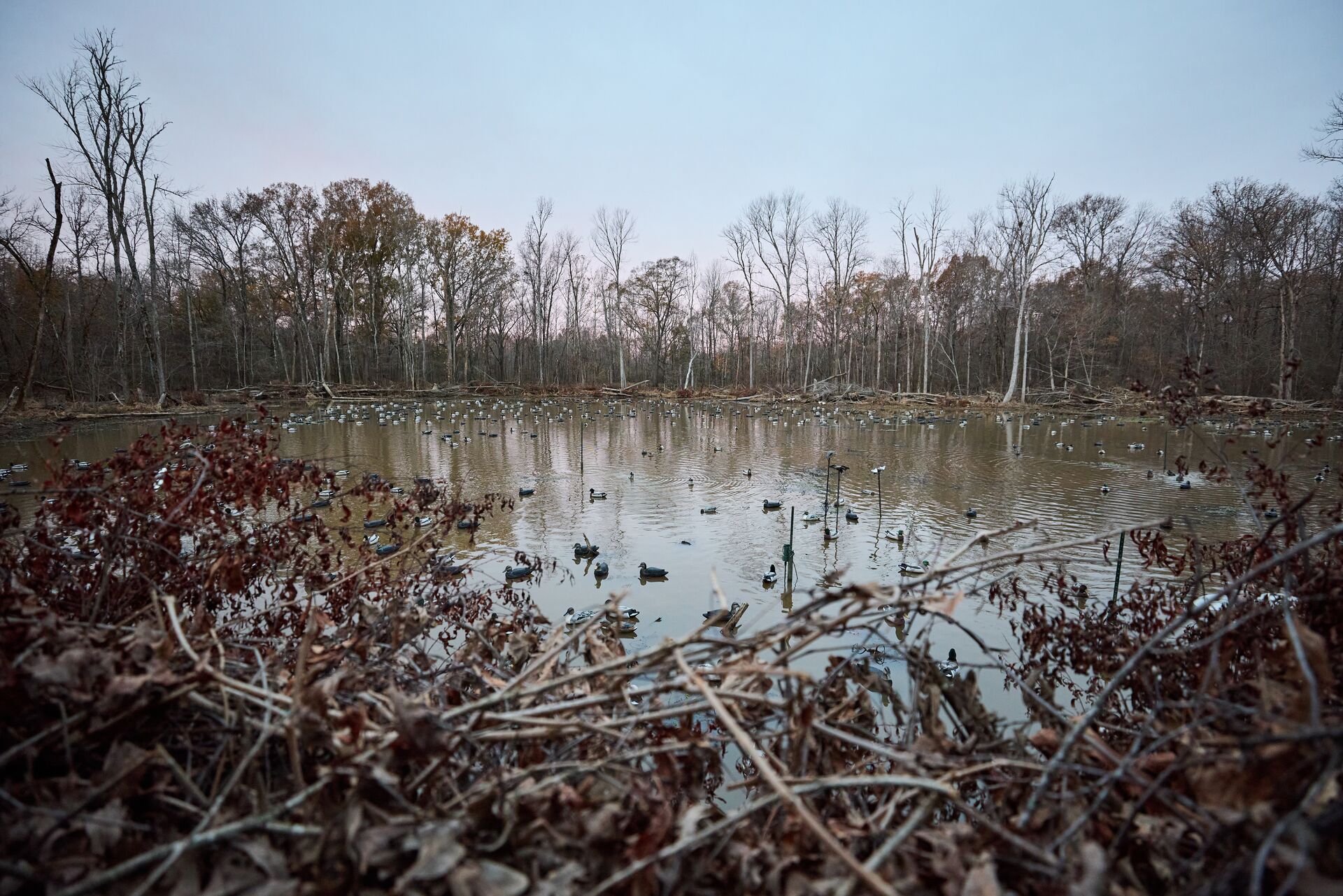
How to Find Duck Hunting Spots: Understand Duck Behavior and Habitat Needs
Flying such great distances burns loads of calories. Ducks will gravitate to areas where they can rest and replenish, so search for areas that offer food, water, and cover, but not all ducks are alike.
I hunt for blue-winged teal during the early season isn’t always where I look for mallards during the second split. Learning species-specific preferences will help you find suitable habitats for each species.
For example, wood ducks can be found in flooded hardwoods where they favor hard mast like acorns, while teal prefer more open shallow marshes and flooded grasslands.
Scout for Water Types that Attract Ducks
Marshes and wetlands offer excellent natural feeding grounds. Additionally, flooded fields, especially those of rice, corn, or soybeans with standing water, can be magnets for migrating waterfowl as they contain high amounts of easily accessible carbohydrates.
Rivers and creeks with moving water serve as flight paths and roosting spots, and these areas can contain the last available pockets of open water around when other smaller still water areas have iced over later in the season.
Get a Bird’s Eye View
Satellite imagery from the HuntWise hunting app can make it easy to locate tucked-away waterholes and isolated ponds that can be an unpressured waterfowl haven. Look for pockets of water surrounded by cover and areas that may be a little difficult to reach for the general public hunter.
Lakes and reservoirs can also provide roosting and will offer large open water areas for rafts of diver duck species.
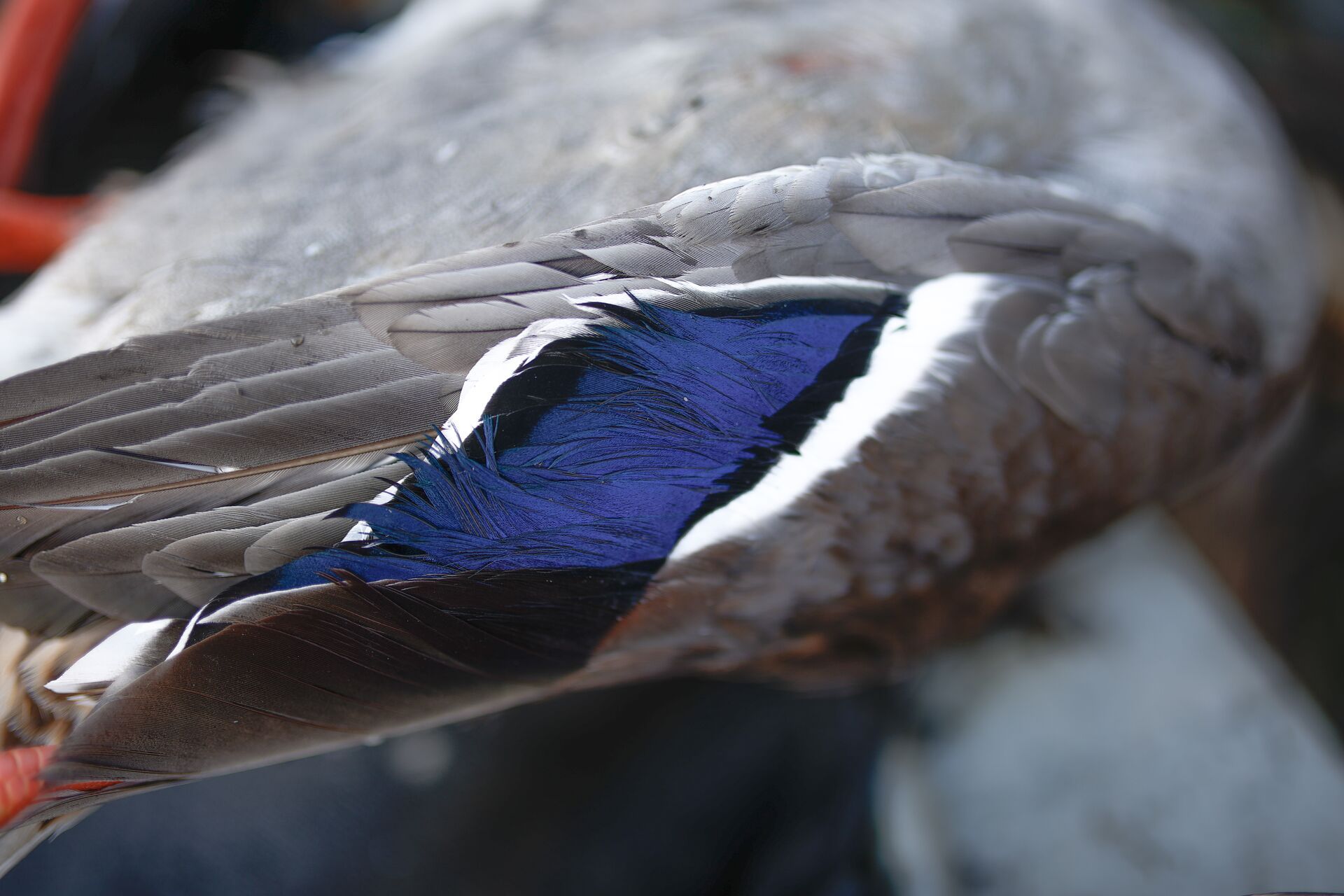
Look for Duck Sign While Scouting
While you are out in the field, keep an eye out for droppings or feathers near the water’s edge. These are unmistakable signs that these areas have recently been used by the birds you're after and could be where you need to be when they return to feed or loaf.
Get out early and stay late to observe ducks flying in the early morning or evening to locate flyways, feed, loafing, and roosting areas.
Identify Food Sources Nearby
Ducks need calories! Look for aquatic vegetation, grain fields, or hard mast-producing timber near or over water. Scouting flooded crops or natural food sources can lead to high-volume hunts when conditions are right.
Even if you don’t have permission to hunt in the field, setting up on an adjustment property between the roost site and feed can still lead to very productive pass shooting.
Prioritize Accessibility (But Not Too Easy)
Finding balance between accessibility and seclusion can put you in the sweet spot for a great hunt.
Areas with tougher access often mean less pressured birds. However, nothing will remind you of how out of shape you are than walking through shin-deep mud in waders, so consider using boats, kayaks, or sleds to reach harder-to-access honey holes.
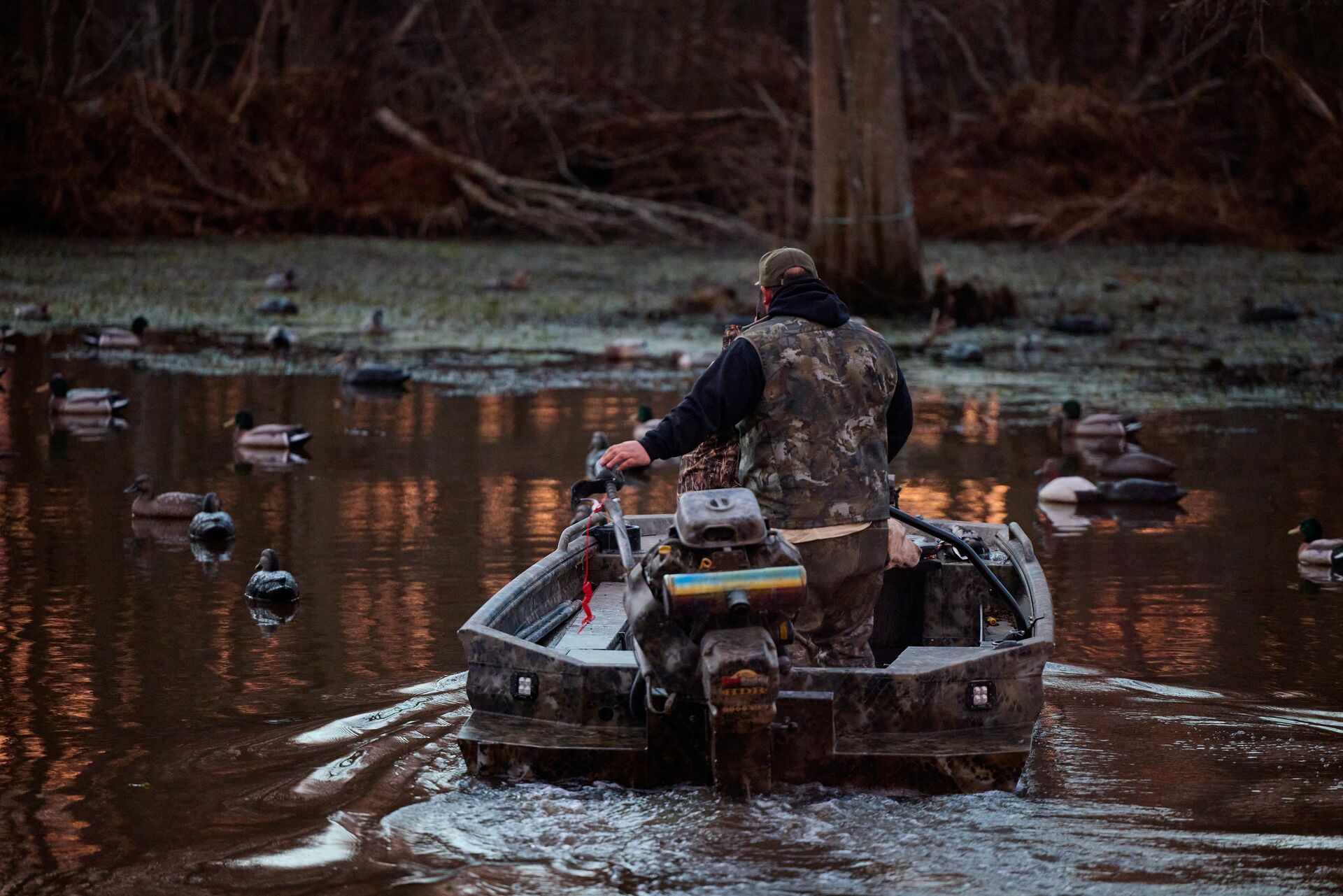
Pay Attention to Weather and Migration Patterns
If a blue northern is predicted, you can bet I’ll be in the field that day.
Cold fronts will push waterfowl south. This makes it a prime time to be out scouting and hunting for fresh birds. Stay updated on migration reports with web-based migration maps like BirdCast or Ducks Unlimited (along with weather and insights from the HuntWise app).
What to Look for Based On the Time of Day
In the mornings, watch where ducks fly when leaving the roost. They can lead you to where they are feeding.
After feeding, ducks will loaf for several hours during the middle of the day. This can be a great time to head to the local refuge and observe how ducks behave when they are undisturbed.
Public vs. Private Land Duck Hunts
Public lands like Wildlife Management Areas (WMAs), national wildlife refuges, and state game lands will often allow waterfowl hunting, but can vary by region.
Check your state's regulations to see what areas are available to you. If you grow tired of the public grind, consider connecting with a private landowner.
Some of my hunting buddies and I went in together and formed a hunting club to lease waterfowl hunting rights from a private landowner. We get to sleep in a little later with more consistent access and lower-pressure birds season after season.
Ducks will then return to feed and then eventually roost in the evening, leading you to where you can set up to intercept them. Be careful not to burn the roost, though, as it may push birds off their natural pattern and make them more difficult to hunt.
Network with Other Waterfowlers (Respectfully)
Waterfowl hunting is one of the most social forms of hunting. Local hunters, hunting forums, and waterfowl groups can be a great source of intel for the best duck hunting spots.
Always practice etiquette and show discretion if someone takes you to their spot. Always avoid spot-poaching.
Remember, we weren’t born with a call lanyard hanging from our neck; someone usually helped us get started along the way. Be sure to share in the community, and you’ll likely make some new friends along the way.
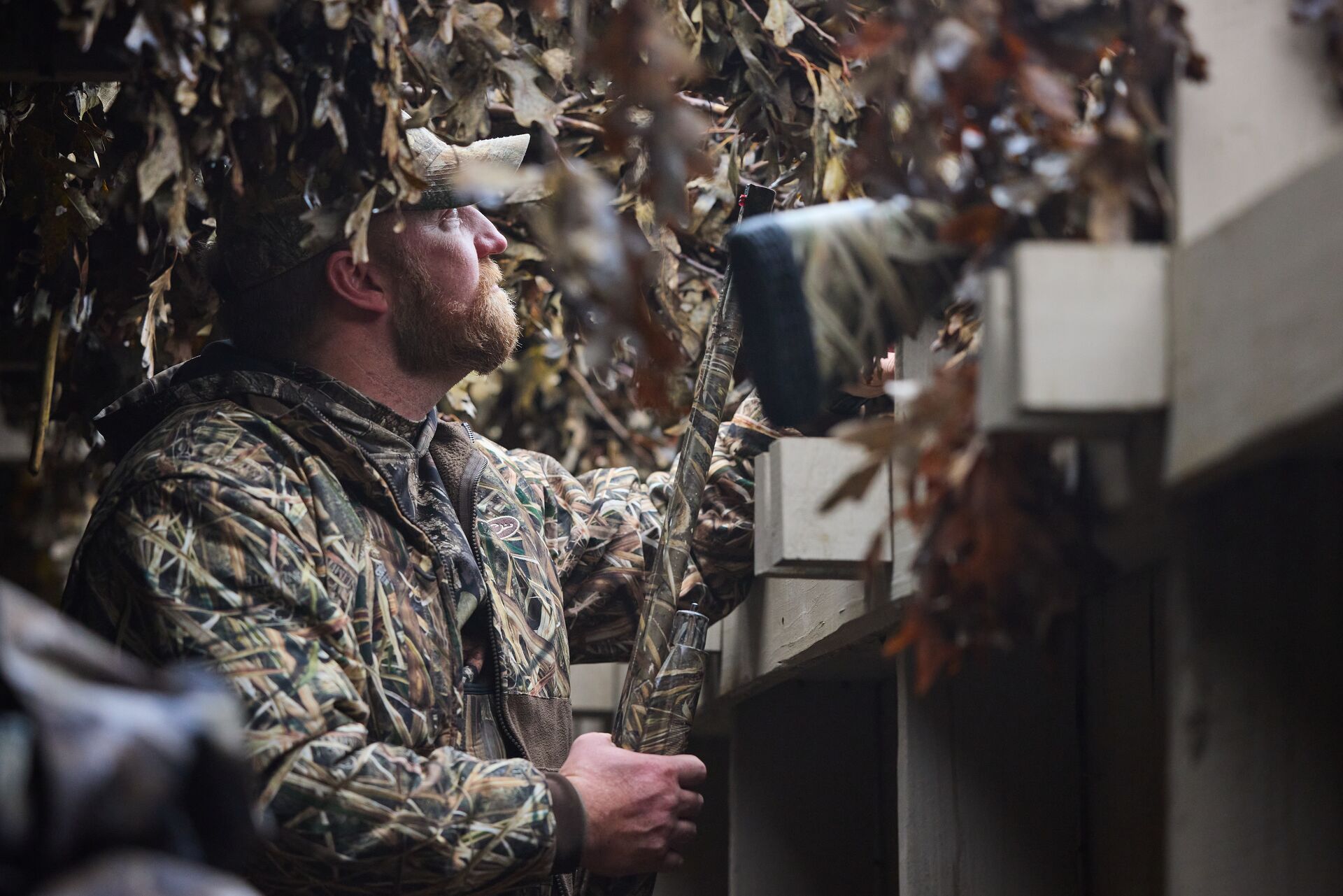
Find the Best Duck Hunting Spots with HuntWise
With a little bit of legwork, scouting for your next duck hunting spot can help put you on the X when legal shooting time comes around.
HuntWise can help by providing landowner information to aid in your search for names and contact details for hunting locations. Additionally, the HuntCast function can predict the optimal times for waterfowl movement.
Download HuntWise today to get the most out of your waterfowl scouting and help you find the best duck hunting areas!
We'll give you your first week free in the app.
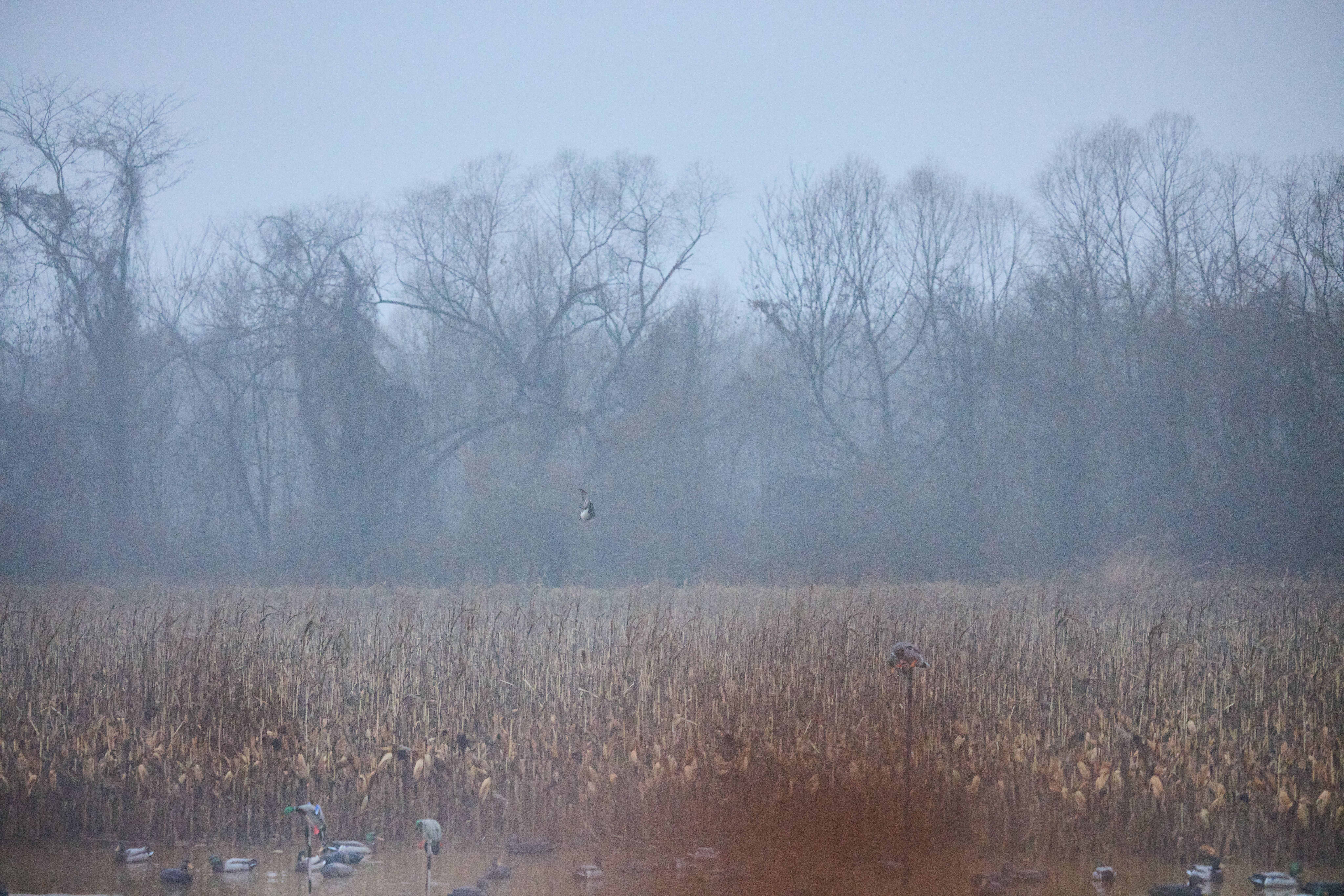
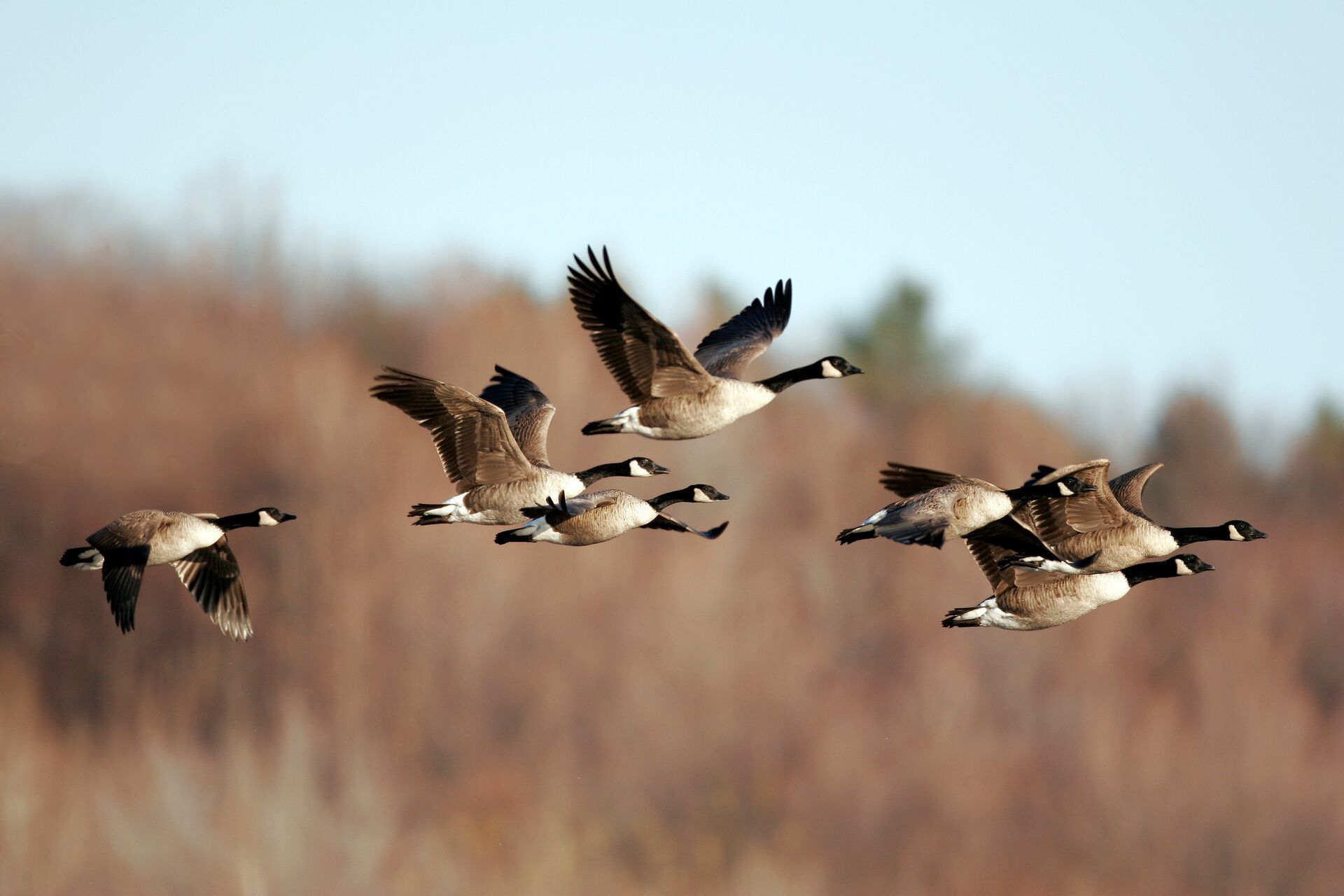
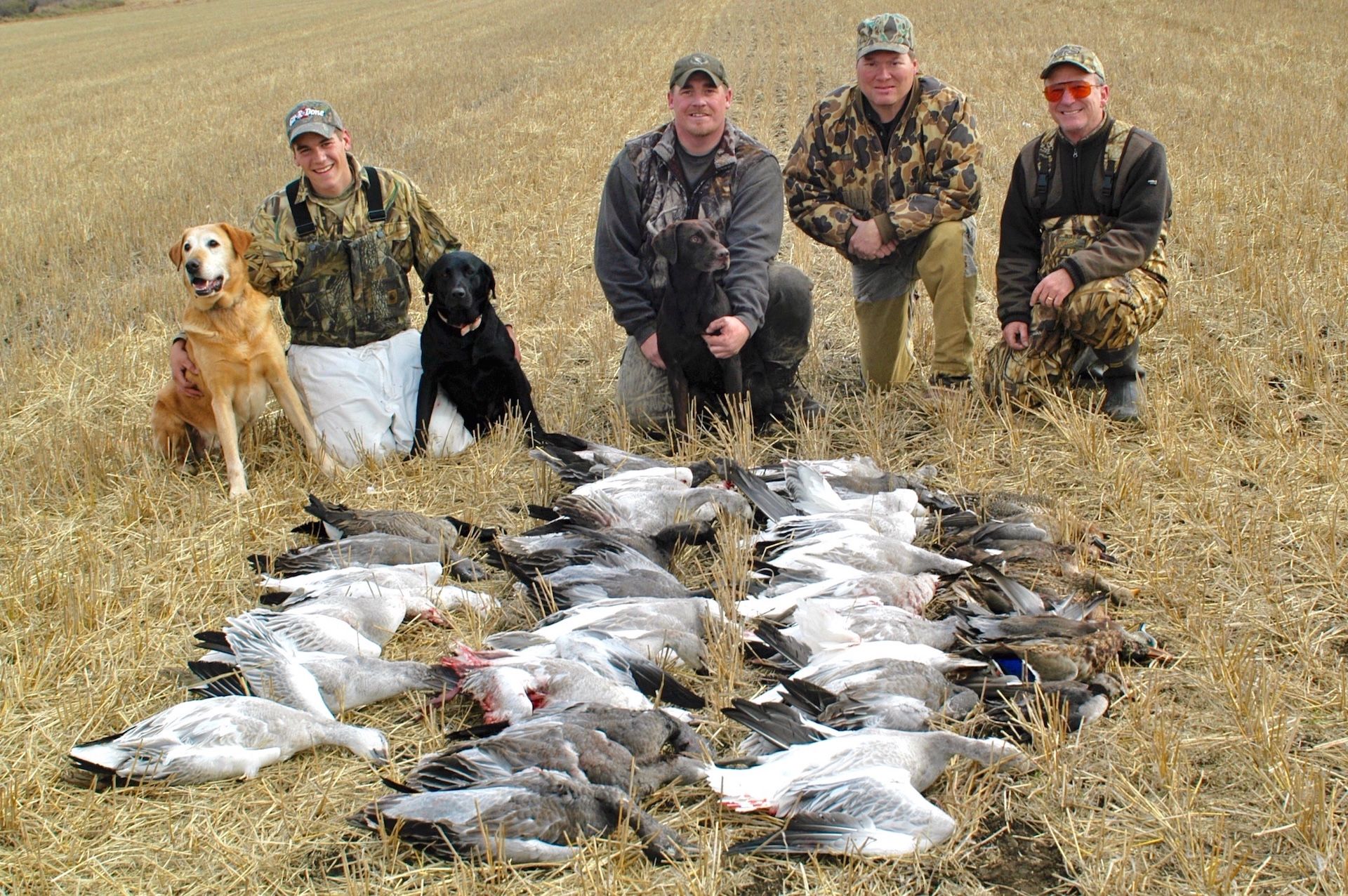
 Waterfowl
Waterfowl Waterfowl
Waterfowl Waterfowl
Waterfowl